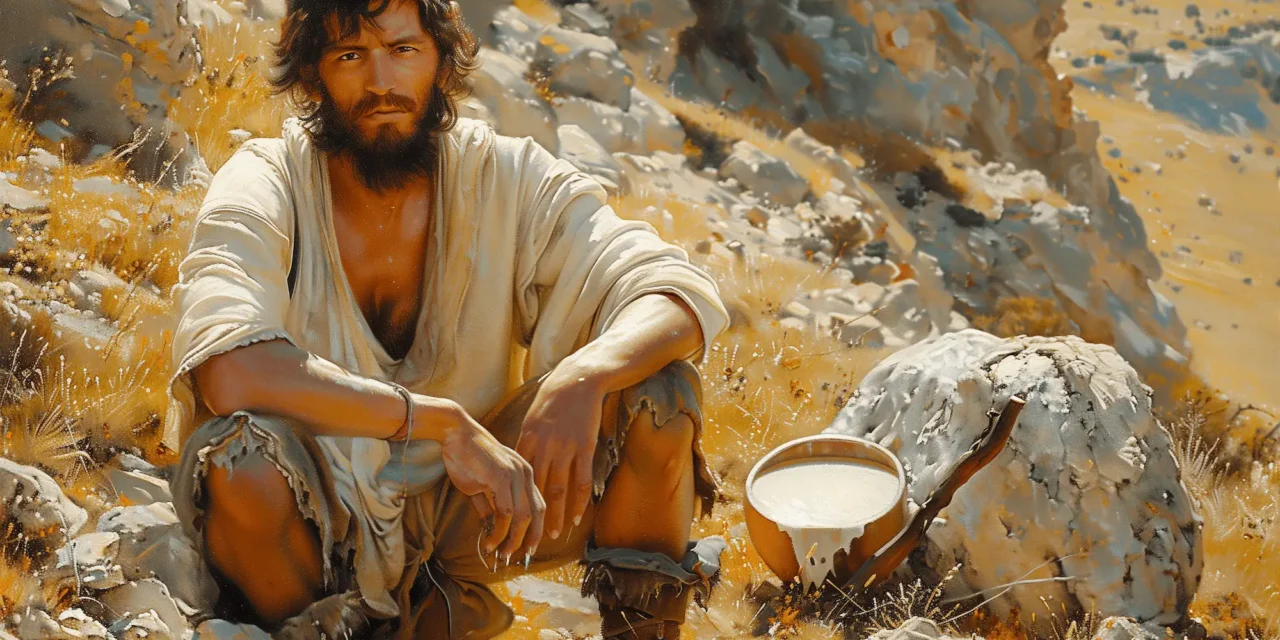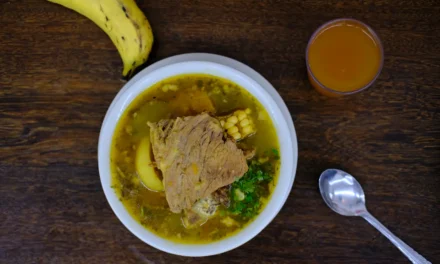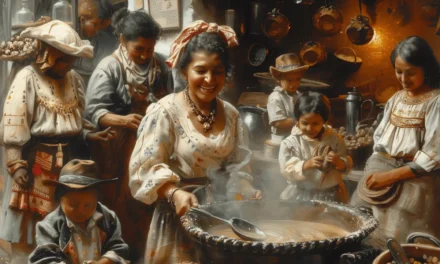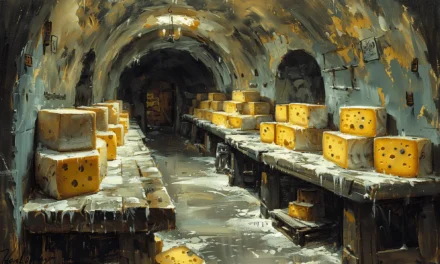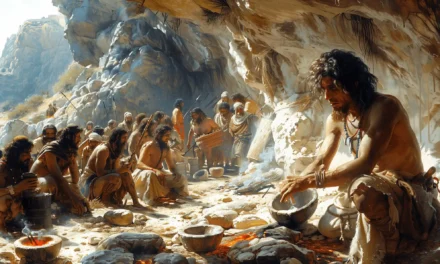As our traveler started off on his quest 8,000 years ago, he took caution not to leave home without the key ingredients: a sheep’s stomach full of milk! After some time along the journey, he decided to take a much-needed break, so he took a swig of the milk in his pouch. To his surprise, the milk had separated into soft white deliciousness and tangy yellow liquid – like a lemon drop waiting to be savored. His taste buds were ecstatic with the solid morsel’s bland yet agreeable flavor. He was definitely content with his finds on this journey1.
Cheese is an old-timer like Grandpa Joe, with a history that’s been passed down through the centuries. It’s difficult to determine just where this time-honored tradition began, but it’s a fair bet that it originated somewhere in Europe, Central Asia, or the Middle East – like an international version of ‘Telephone’, the cheese recipe traveled far and wide. Even before Rome was around, folks were enjoying their gooey, delectable cheese2.
Cheesemaking is like a grand culinary conquest, a journey that dates back to the earliest days of human history- around 8000 B.C. when our favorite four-legged friends, the sheep, were first domesticated. Back then, containers for food storage were fashioned from animal skins and the intestines of our poor bovine buddies. It can be assumed that someone at some point stumbled upon the accidental discovery of cheesemaking by storing milk in a stomach-turned-vessel- making it stand to reason that it was the rennet from the said stomach that caused the milk to churn out into delicious curd and whey1.
A Delicious Time Capsule: Cheese of the Ancient Ages
Organic residues found in ancient pottery vessels have taught us a valuable lesson: milk was a go-to ingredient even way back in the Neolithic period, both in the Near East and far beyond. It was popular in south-eastern Europe, north Africa, Denmark, and even the British Isles3.
This discovery of plentiful milk residue in ceramics from seventh-millennium sites in north-western Anatolia is like finding the fountain of youth. It’s the earliest evidence of milk processing, and it’s like we’ve finally cracked the code on how to turn all that delicious liquid gold into nourishing, wholesome stuff. Sure, we can’t say exactly what they did, but it’s still a major bonus3.
Its kind of like cheese has been around forever, like the Pyramids! Archeologists in Poland definitely confirmed it was here in the 6th millennium B.C. – like a cheese-y time capsule! Humans quickly found that aging your cheese is like fine wine – things just get better with age, like a really mature cheddar3.
It looks like archaeologists have cracked the case of the mystery cheese! After years of excavating the tomb of Ptahmes, an ancient Egyptian official, a team of archaeologists was able to uncover what they suspected was a mass of food. Surprisingly enough, it turned out to be one of the oldest cheeses ever discovered, with a whopping age of 3,200 years! Think about it. It predates all the yummy varieties of cheese we have today! Can you imagine all the wonderful flavors that have been lost over the years? Anyhow, they were able to determine it was mostly made of sheep’s and goat’s milk. Cheese connoisseurs should definitely be excited to try it4.
From Plunge To Plenty: How Cheese Changed Early Agriculture
Taking the plunge into dairying was a major goalpost achieved in the early stages of agriculture. Milk products were quickly scooped up and added as a central ingredient to the diets of both prehistoric farmers and pottery-using late hunter-gatherers. It was an unprecedented development. Processing milk, particularly cheesemaking, was a real game changer as it brought about many benefits5 2.
For example, it gave prehistoric farmers the opportunity to store milk in a non-perishable and portable form, like packed lunchboxes that could go the extra mile. In addition, it gave milk the nutritional makeover it deserved, making it more easily digestible for the early prehistoric farmers and giving them the nutritious energy boost to take on the day5 2.
Cheesy Chemistry: The Tale of the Ancient Cheesemaker
Well, you could say cheese has been around since the dawn of time, almost like sliced bread. It’s been a staple of human diet and evolution for close to 5,000 years, and early people around Central Asia and the Middle East figured out the secret. By removing the unnecessary wetness (in other words, the whey) and concentrating the remaining liquid, they discovered that cheese could keep from spoiling like a little tub of sour cream.
At some point, they also discovered that the texture of the curd changed, becoming more flexible and more consistent if it was stored in the stomach of an animal or in a container with pieces of the stomach of an animal. The earliest cheeses possibly resembled feta cheese.
Cheese produced in Europe, where climates are milder than the Middle East, had a gentle touch when it came to salt for preservation. This lighter salting opened the door for beneficial bacteria and molds to take the cheese party to the next level, kind of like when you invite some cool friends over, and suddenly the atmosphere changes, and everything is way more fun! These good-time molds and microbes are responsible for the unique and delicious flavors of aged cheeses.
- Tunick, M. H. (2014). The Science of Cheese. New York: Oxford University Press.[↩][↩]
- TraditionalFrenchFood.com. (2013). History of Cheese. Retrieved from Traditional French Food: https://www.traditionalfrenchfood.com/history-of-cheese.html[↩][↩][↩]
- Salque, M., Bogucki, P. I., Pyzel, J., Sobkowiak Tabaka, I., Grygiel, R., Szmyt, M., & Evershed, R. P. (2013). Earliest evidence for cheese making in the sixth millennium BC in northern Europe. Nature, 522-525.[↩][↩][↩]
- University of Catania and Cairo University. (2018, August 18). Ancient Egypt: Cheese discovered in 3,200-year-old tomb. Retrieved from BBC News: https://www.bbc.com/news/world-africa-45233347[↩]
- McGee, H. (2011). La Cocina y Los Alimentos (Sexta ed.). (J. M. Ibeas, Trad.) Barcelona, España: Debate.[↩][↩]
